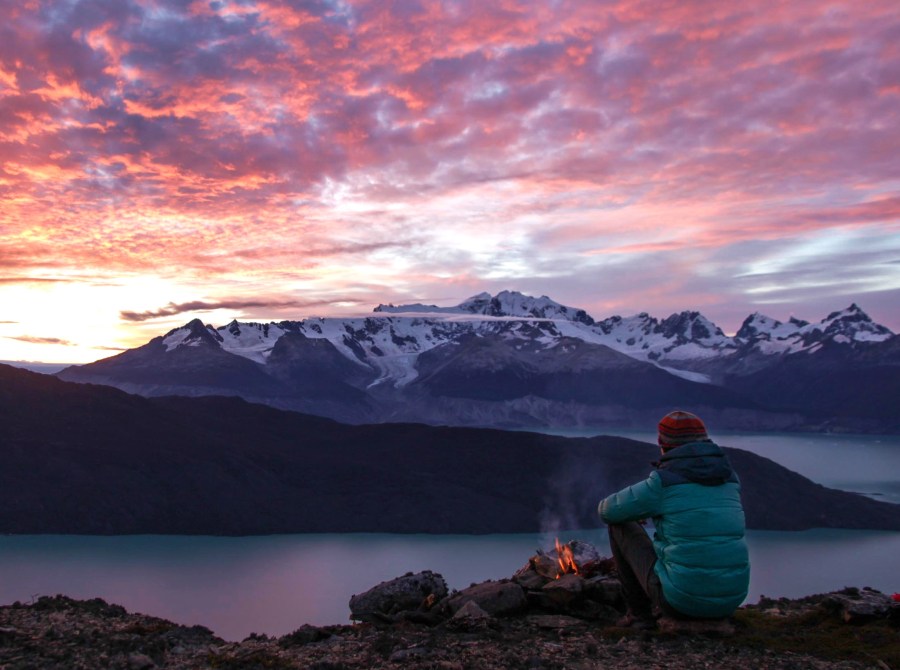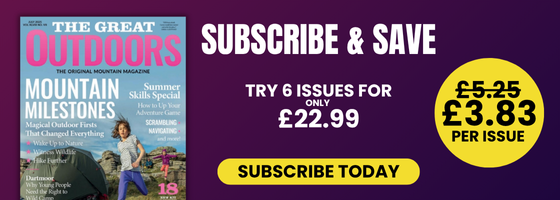Tom and Alexandra are nine months into a two-year journey, travelling and wild camping around the world. We got in touch with Tom to ask about the highlights – and we’re a bit jealous
It’s a simple objective: to travel for two years, seeking the world’s most beautiful wild-camping locations. Rather than a single, continuous human-powered journey, the duo have been conducting a number of shorter trips in different destinations, but their overall itinerary is ambitious, stretching from South America along the USA’s west coast, across the Pacific to New Zealand, Australia and north into SE Asia. They’ve already been to some amazing, wild locations – many of which are far removed from destinations on the UK-based backpacker’s radar.
Fascinated by this project, we got in touch with Tom Chirossel to find out more.
Some of the links in this interview point to blog posts written in French. Most web browsers will offer to automatically translate to a language of your choice.
Please introduce yourselves.
We are a couple of wilderness lovers, Alexandra and Tom (28 & 27 years old). After going to university a few years ago, we found office jobs (in building construction and railways) which paid well but didn’t feel like a good fit. We lived in the city of Lyon, France, and used all our free time to go wild in our beloved French Alps, and occasionally overseas. We often went hiking, sometimes climbing and mountaineering, taking every opportunity to get into the mountains.
Explain the idea behind World Wild Camp.
The idea is simple: we wanted to get away from our routine city life for longer than usual. Much longer! Before, in our holidays of two or three weeks, we always had to get back to work just when we were starting to adapt to travel life, so now we are taking our time to travel slowly for two years.
When we land somewhere, we try to go wild as quickly as possible. Spending nights in nature, meeting people in tiny villages free of mass tourism is for us the best way of discovering and enjoying the world.
How did you choose your planned route?
When we first had this idea of long-term travel, we started to collect information about all the places we would like to go, without thinking about costs, which season to go, etc. So we ended up with a world map full of stars, and from there we started thinking about which places we really wanted to visit, and which ones could wait for another time. We made the final selection, joined it all up into a route, by thinking about a logical way to travel from place to place, taking seasons into account.
You’re almost nine months into your journey. What has been the hardest aspect of long-term travel for you to cope with?
When we started this journey, it was difficult and tiring to have nowhere to call home, always moving from new place to new place. But after a few weeks we started to adapt and have this wonderful feeling of being home everywhere.
Being a pair in this adventure helps a lot too – when one is feeling down the other helps to see things a better way. Right now I can’t really think of any downside to long-term travel, except maybe the distance from family and old friends – and of course a lack of good cheese!
How have you approached wild camping on this trip? What gear do you depend on?
Usually we take time looking at the maps before starting a hike, thinking about where would be the best place to pitch our tent, making compromises between water accessibility, clear views and flat ground. We use the phone app ViewRanger for this, as it is far more convenient to use and easier than buying and carrying a new paper map for each hike. Over the course of a long journey, this really adds up.
So, sadly, our smartphone is probably the most important thing we carry with us. Next comes sleeping bags and mattresses, as having a good sleep is essential for being able to enjoy this lifestyle. Good shoes and a good backpack are the next most important things we really need in order to carry on walking.
Last but not least: a sewing kit, which has on occasion proven itself very useful.
Have you changed or replaced any items of gear since you started, and if so, why?
We broke two pairs of trekking poles which we had to replace, a jacket, two pairs of shoes and a tent. We didn’t think about it at the beginning, but there is a huge difference between using your gear from time to time and relying on it on a daily basis. Our shoes or tents used to hold up for years, but on this trip they sometimes fell apart in months, just with ‘regular wear’. This is something long-term travellers really need to take into account when looking at costs.
Any particularly memorable wild camps so far?
Yes, many… But obviously some were more spectacular than others. If we were to make a shortlist, these would be our favourites:
Huayhuash, Peru
Very remote and incredibly scenic landscapes, particularly after the San Antonio pass. Right after the pass we didn’t want to go down, so we searched a long time for a place where we could pitch the tent. We finally found some flat and non-rocky ground between two tiny lakes. Undoubtedly one of the best so far.
http://world-wild-camp.com/huayhuash
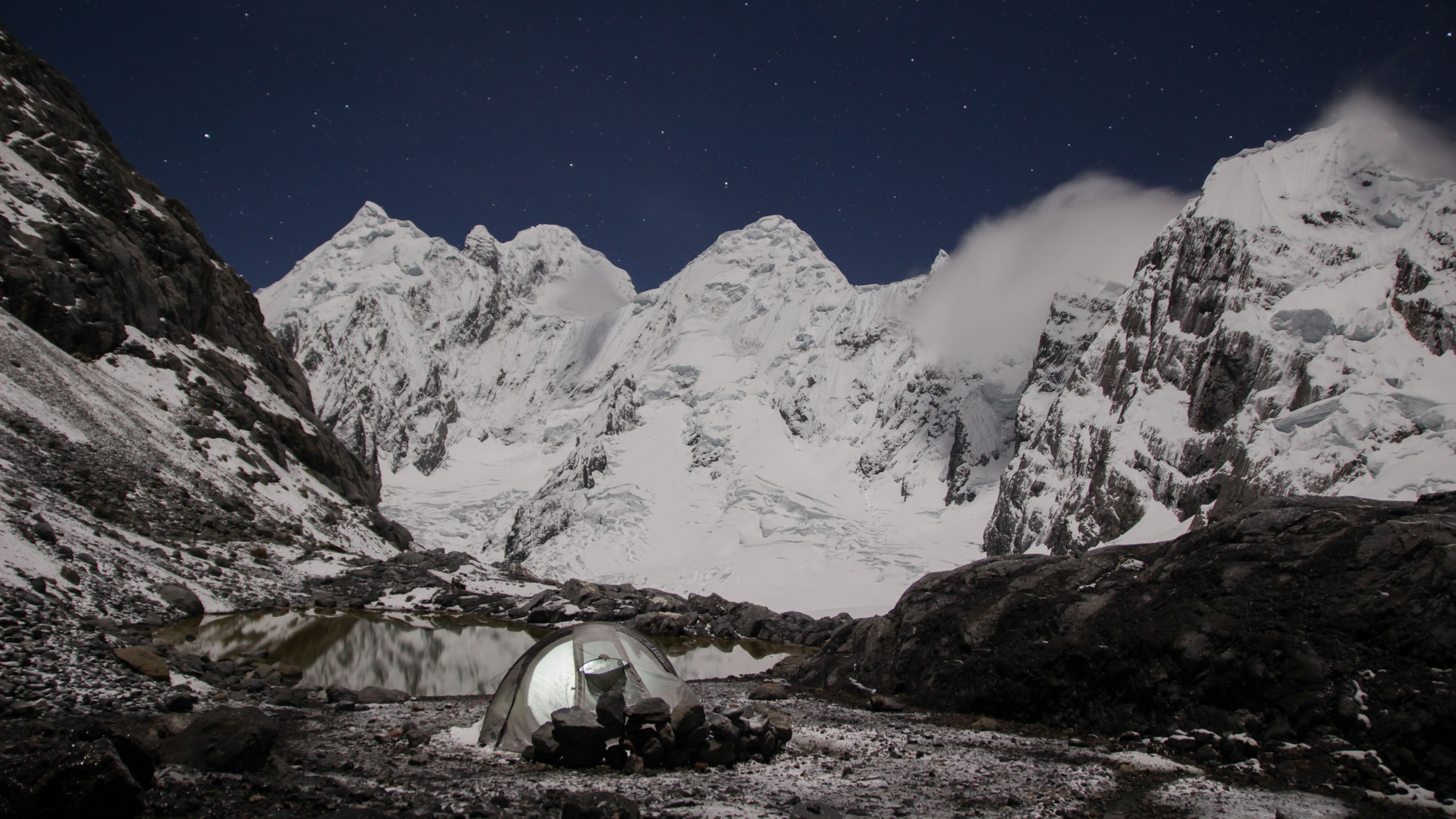
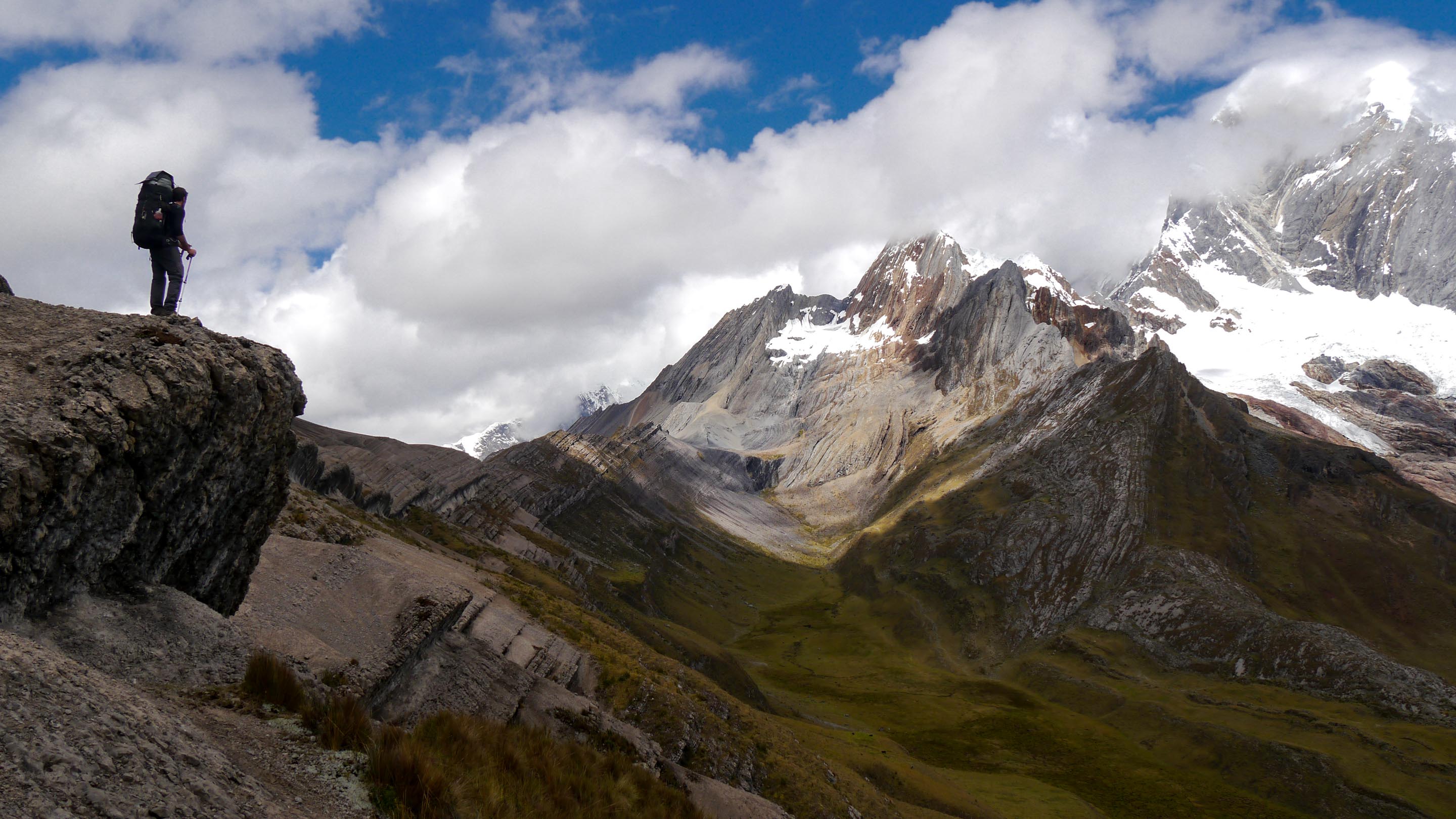
Salar de Uyuni, Bolivia
We took the bikes for a three-week trip on the Altiplano which included some of our coldest and most incredible bivouacs. Sleeping in a place where you really can’t see anything but white and perfectly flat ground in any direction is incredibly memorable. The -15°C also added something to the drama.
http://world-wild-camp.com/volcan-tunupa
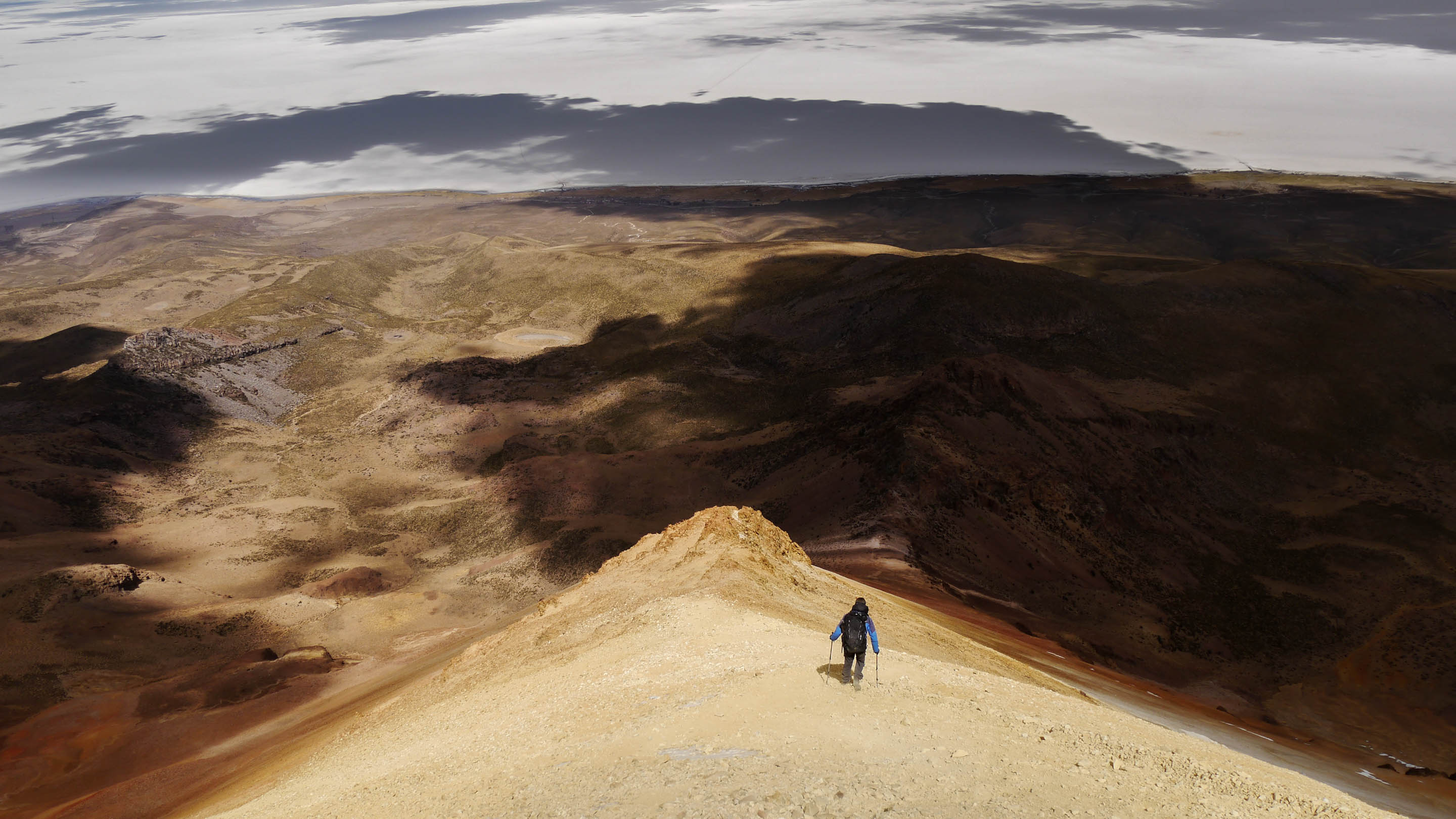
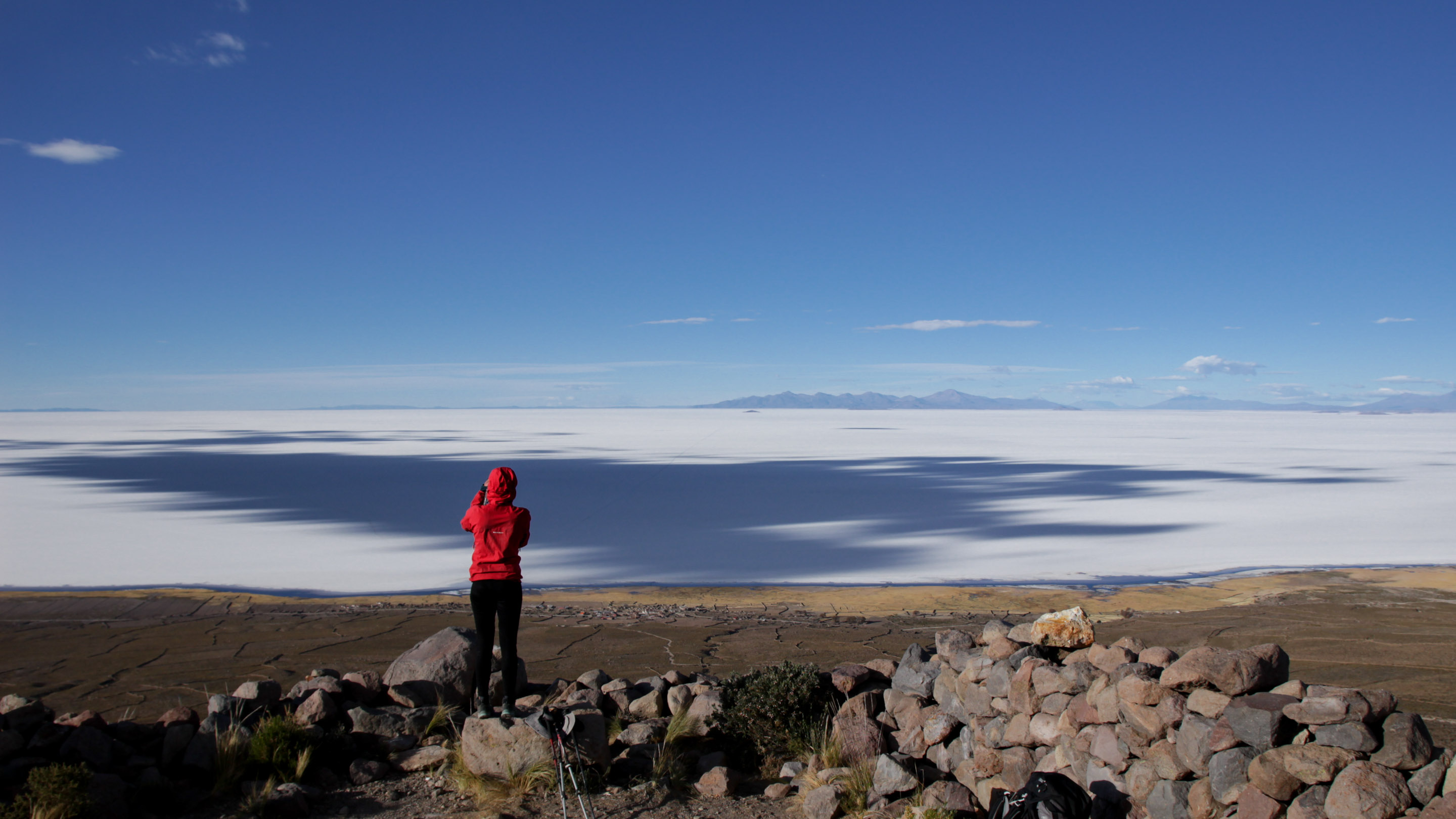
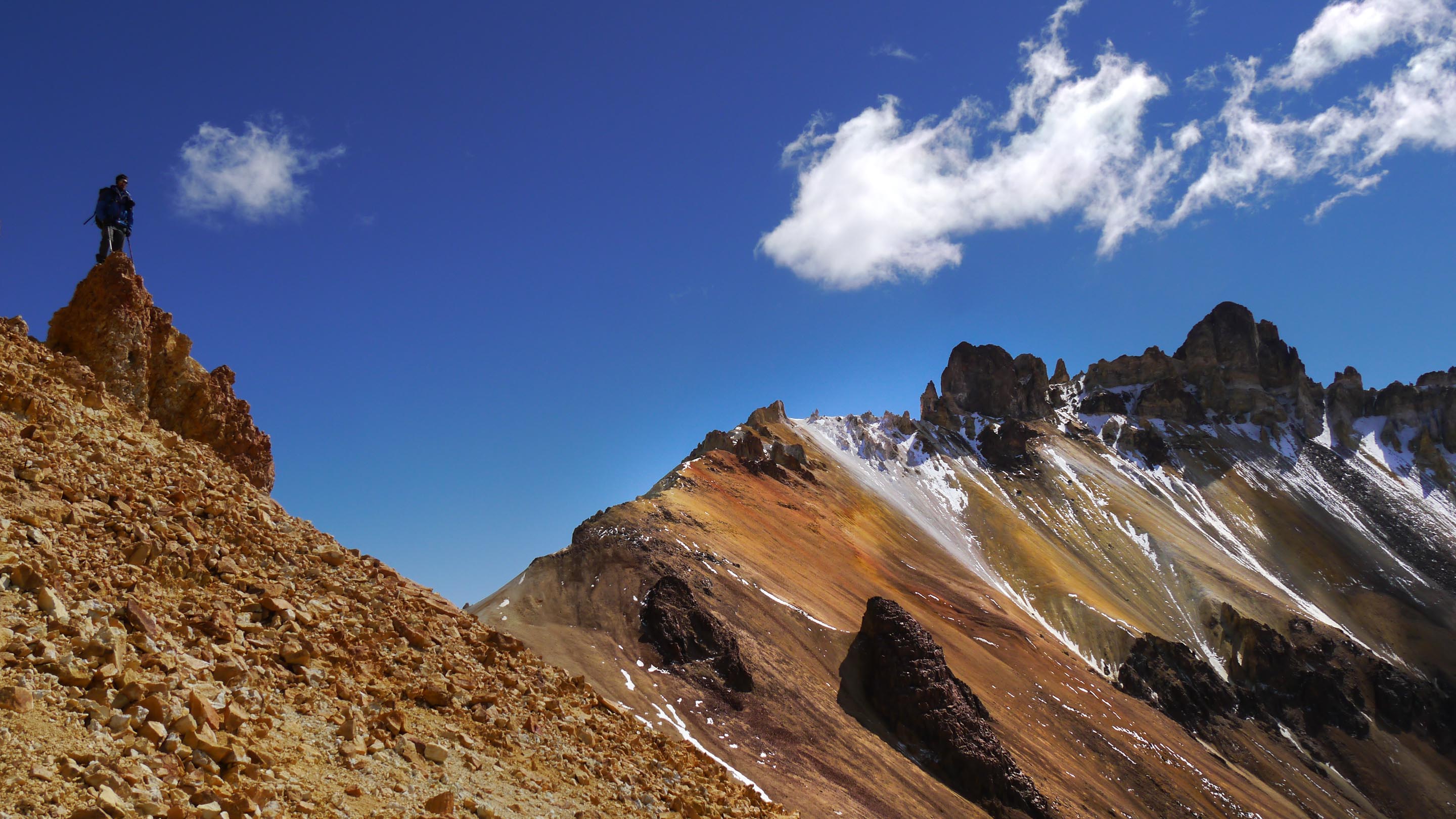
Peninsula O’Higgins, Chile
This one is both for the scenery and the context. We had been hiking for a week without seeing any human traces, and needed the help of the only inhabitant of the whole region to help us cross the river on his tiny boat. The thing is that we arrived just after he killed a cow, so we had to wait a few hours until he finished his job! Once he was available for taking us to the other side of the river we asked for some fresh meat, an incredible luxury after a week of noodles and mashed potatoes. So that night we had a fresh steak on hot rock in front of the Campo de Hielo Sur. Definitely the best of our lives.
http://world-wild-camp.com/peninsule-ohiggins
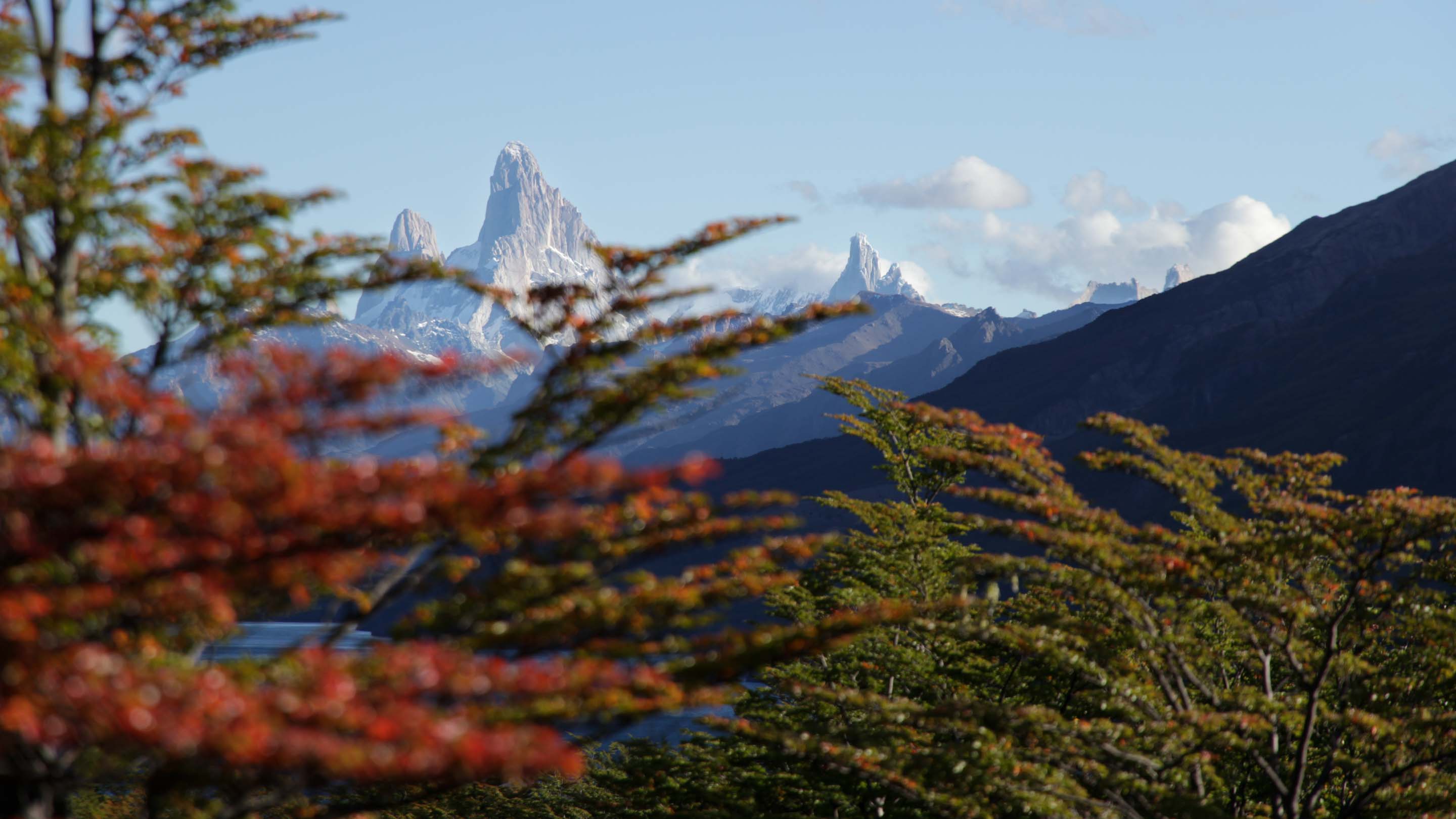
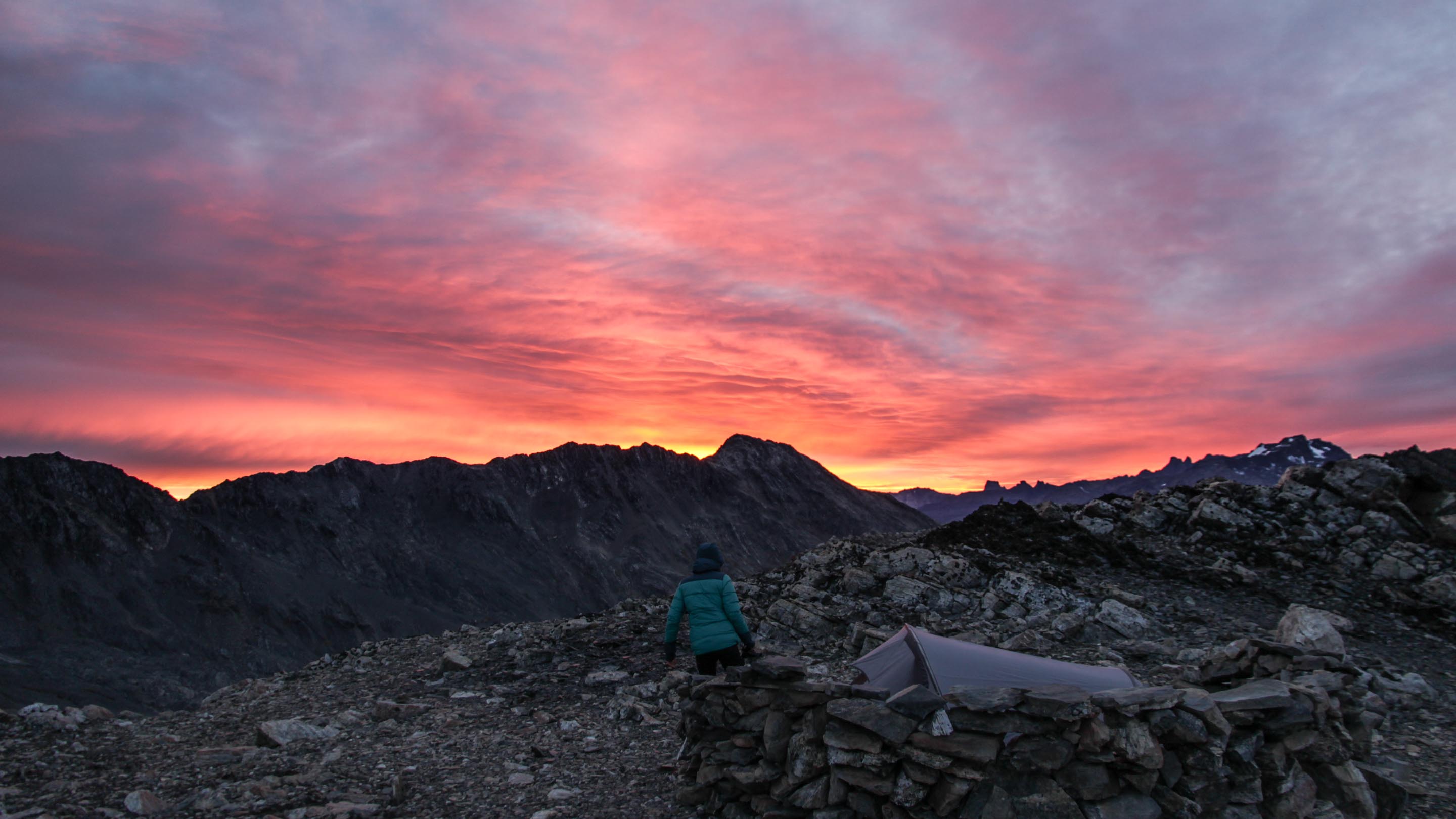
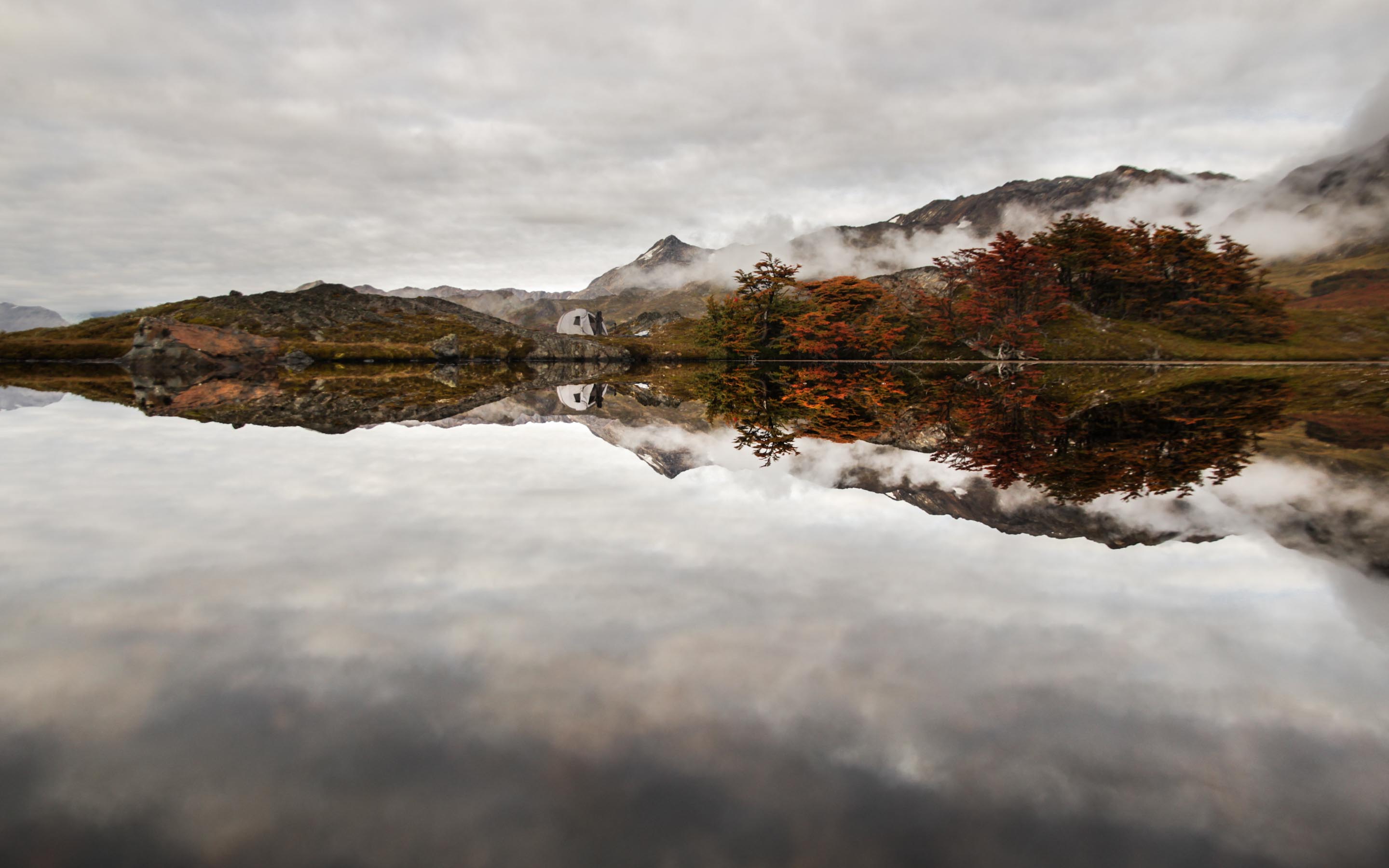
Quetrupillàn volcano, Chile
We were in the middle of an eight-day hiking trip in the Villarica National Park when we decided to hike up a smaller dead volcano, the Quetrupillàn, between two massive and active neighbours, Villarica and Lanin. The interesting thing with this one is that the caldera is filled with a glacier, with a nice place to set the tent inside on a closed section of the glacier. Expect a nice sunset and incredible sunrise from there!
http://world-wild-camp.com/traversee-lanin-villarica
Any plans for more grand journeys once you’ve finished this one, or will you be returning to your everyday lives?
We still don’t know where and when we will finish this one, so we are not yet planning the next journey – but there will be more, that is for sure. Also, it seems to us that we won’t be able to go back to an office job after this experience, so we are thinking about finding something related to this kind of travel, either as guides, photographers, reporters, or working for national parks, outdoor gear brands… There could be many options but it will have to have something to do with the outdoors.
Where can our readers find out more about you and your journey?
We created a small website where we post photos, videos, descriptions and gpx tracks of the best hikes we’ve found during this journey. We struggle to keep it up to date while travelling, but we do our best to post the hikes that we find the most interesting. We will continue to publish on it even after the journey, as we record all our hikes, but it takes a lot of time, battery and bandwidth to do it properly; all things you are missing when travelling off the grid.
The website is www.world-wild-camp.com
There is also a Facebook page and Instagram account on which we post pictures and other stuff more often, also both under the name of World Wild Camp.
Many thanks to Alexandra and Tom for the great photos and insights into their journey. Best of luck for the next stage!

